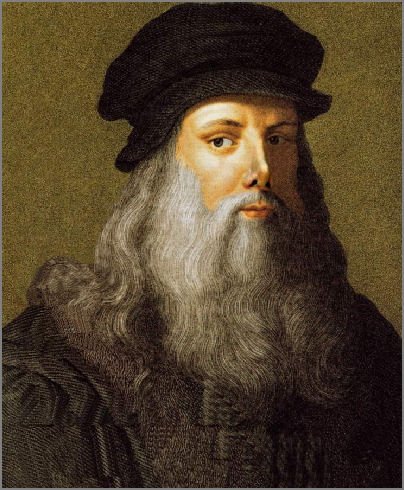POP goes the ART
“Once you ‘got’ Pop, you could never see a sign again the same way again,” Andy Warhol once said, “and once you thought Pop, you could never see America the same way again.”
Of late the general public has come to know of Pop art through creatively put album art of pop singers and musicians and people have gone to design their own pop art pictures through various applications available on the internet today. Unarguably Pop Art is the most popular art genre among the fast paced population of today who don’t really have either the sensibilities or time to appreciate other art genres. Pop art coincided with the globalization of pop music and youth culture, personified by Elvis and the Beatles. It is said that Pop Art was brash, young, fun and hostile to the artistic establishment. It included different styles of painting and sculpture from various countries, but what all of them had in common was an interest in mass-media, mass-production and mass-culture and that is essentially what made it so popular among the common people.
“Popular (designed for a mass audience); transient (short-term solution); expendable (easily forgotten); low cost; mass produced; young (aimed at youth); witty; sexy; gimmicky; glamorous; and last but not least, Big Business.”
– Richard Hamilton
In the U.S., artists in the mid-1950s began to create a new style of art, strongly influenced by Dada and its emphasis on appropriation and everyday objects. Artists increasingly worked with collage, consumer products, and a healthy dose of irony. Jasper Johns re-imagined iconic imagery like the American flag; Robert Rauschenberg employed silk-screen printings and found objects; and Larry Rivers used images of mass-produced goods. These three are considered to be the forerunners of American Pop.
While the American artists seem like the harbingers of Pop art, it actually began in London. The term Pop art came into use in the 1950s during discussions led by the artist collective known as the Independent Group at London\’s Institute of Contemporary Arts. The word ‘POP’ was first coined in 1954, by the British art critic Lawrence Alloway, to describe a new type of art that was inspired by the imagery of popular culture. Allowayalong with other artists like Richard Hamilton and Eduardo Paolozzi, were among the forerunners to British Pop art. Hamilton is often credited with creating the first piece of Pop with the collage “Just What Is It That Makes Today’s Home So Different, So Appealing?\”in the year 1956, in which cutouts of a man and woman play house in a dreamland kind of household, filled with consumer goods. Gripped in the man’s hand, is a bright red Tootsie Pop—the latter word literally “popping” out of the frame.
”Before it was anything else, Pop Art was American and white and urban and male and middle class and straight” says an eminent art critic. Pop Art was about affluence, about money and all the things that the middle class white male could afford to buy and everything the man of affluence wanted to look at.
“Everybody has called Pop Art ‘American’ painting, but it’s actually industrial painting. America was hit by industrialism and capitalism harder and sooner and its values seem more askew… I think the meaning of my work is that it’s industrial, it’s what all the world will soon become.”
– Roy Lichtenstein
In the 1960s Andy Warhol alongside Jim Dine, Robert Indiana, Lichtenstein, Claes Oldenburg, James Rosenquist, George Segal became the forerunners of American Pop. Warhol’s revolutionary ‘Factory’ went on to redefine the art of an era. It churned out assembly-line silk-screens while musicians, actors, and writers hung around in a smoke-filled narcotic haze. His prints of celebrities ranging from Marilyn Monroe to Elvis are some of the most recognizable artworks of the 20th century. Pop art didn’t end with the 1960s though. Keith Haring, too is considered a seminal Pop artist, though his work did not appear until the late 1970s and early ’80s and he helped pave the way for yet another popular art form: street art.
The genre continues to thrive today; Japanese artists Takashi Murakami and Yoshitomo Nara serve as key examples of the contemporary Pop artist. Murakami coined the term “Superflat” to define his work, which makes use of cutesy, pop-culture motifs like smiling flowers and skulls, often to satirical effect. His famed collaboration with Louis Vuitton, in which his Superflat floral imagery appeared on luxury handbags, perhaps confirmed Warhol premonitions that art and consumer culture would increasingly become intertwined. “Making money is art and working is art and good business is the best art” he said.





